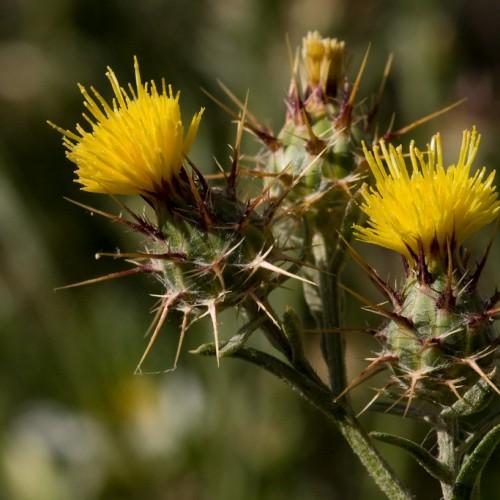
Maltese Starthistle
Centaurea melitensis
Watering:
Average
Hardiness Zone:
Flowers:
Flowers
Sun:
Sun
Soil:
Clay, Sand
Leaf:
Yes
Growth Rate:
Low
Drought Tolerant:
Yes
Salt Tolerant:
Yes
Invasive:
Yes
Care Level:
Medium
watering
For watering a Diffuse Knapweed, it is recommended to water the plant twice per week during warm weather and every 2 weeks during cooler weather. When watering, it is important to thoroughly saturate the soil around the base of the plant with water. Be careful to not overwater, as this can cause root rot. Be sure to check the soil before watering to ensure it is dry, and stop watering if there is any standing water in the pot.
sunlight
Diffuse knapweed (Centaurea diffusa) plants require full sun for optimal growth and flowering. The plants should receive at least 6 to 8 hours of direct sunlight each day, ideally between midmorning and late afternoon during the summer months. During the fall and spring months, they should receive 4 to 6 hours of direct sunlight. During the winter, the plant should still receive some direct sunlight, and some southern areas of the United States may receive as much as 8 to 10 hours of direct sunlight a day.
pruning
Diffuse Knapweed should be pruned twice a year, in early spring and late summer. During the early spring, Diffuse Knapweed should be cut back to about 1 third of its original height when new growth begins. This will remove any winter damage and encourage long and healthy new growth. In late summer, Diffuse Knapweed should be pruned back even further, cutting the stems nearly to the ground. This will encourage new growth and reduce the risk of winter damage. To maintain a neat and tidy appearance, additional pruning or deadheading can be done periodically throughout the season. By removing dead, damaged, or wayward branches, you can keep Diffuse Knapweed looking tidy and healthy.
